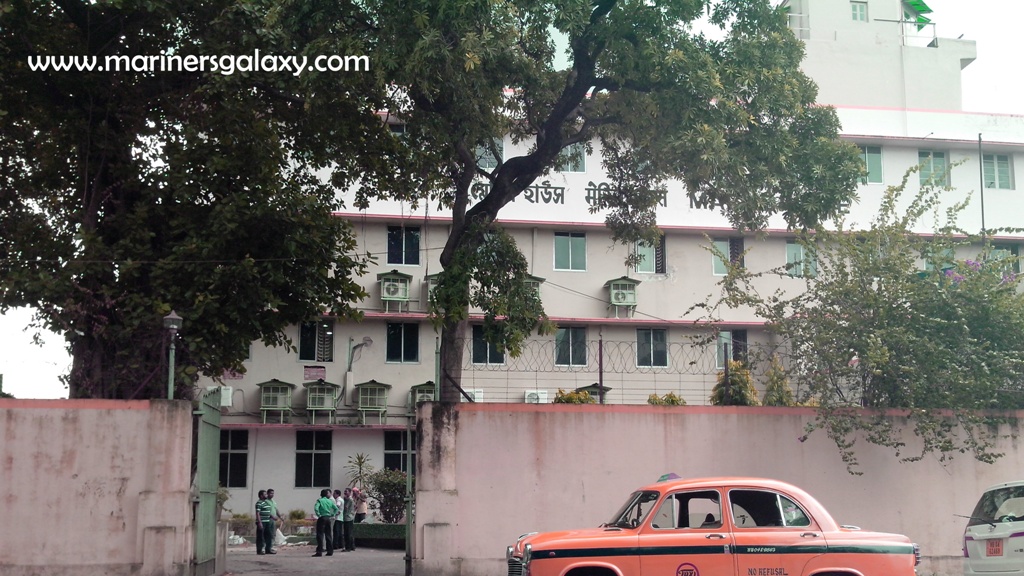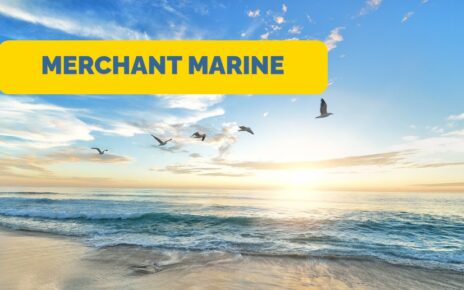Find the answers to the questions related to troubleshooting of various machineries onboard like hydrophore system, and they come in Marine Engineering Practice.This is the first article in our series related to the Marine Engineering Practice, in every part we will try to cover 10-11 questions with answers.In places where we think diagram is necessary, we will add that. If you have some suggestions related to it, you can also contribute in that. Please don’t copy us, share it!!!!!
Marine Engineering Practice Questions and Answers
How to insert a new stud in a hole?
Answer: Below given is the process of inserting a new stud in to a hole:
a) First cut the thread with the help of a die.
b) Clear the holes, so that there is no obstruction.
c) Now take the stud, and use to nuts, and tight them together.
d) Now screw tight the stud in to the hole with the help of hands.
e) Now put open or close type spanner on the top nut.
f) Tight the stud, with required torque.
g) Open the top nut and take it out. Now with the help of bottom nut, completely tight the stud.
Different methods of taking M/E main bearing clearance
Answer:
1.Filler Gauge,
2.Telescopic Feller Gauge,
3-Bridge Gauge And Depth Gauge
What maintenance on Oil Mist Detector
Following are the maintenances that we need to carry out regularly on the
oily mist detector:1) Blow through the sampling tubes of the OMD, regularly. This will make sure that no obstruction is there in the line.
2) It should be calibrated for zero setting time to time. On the other hand, its sensitivity needs to be checked.
3) The mirror or lens needs to be cleaned regularly, with the help of soft cloth.
4) The sampling fan needs to be checkedfor proper working.
5) Monthly check of OMD alarm, to make sure that it is working properly.
Hydrophore pump running continuously, What is the Reason ?
Ans: Following are some of the reasons why Hydrophone Pump is running continuously.
1) Compressed Air Supply is less.
2) Somewhere there is an leak in the line.
3) Tap is open somewhere.
4) The limit switch range for level is too narrow.
Reason for Fresh water generator salinity alarm
Ans:
2) Same goes with the low vaccum but with less boiling temperature.
3) Jacket water from engine is not properly set to flow in to the generator
4) Brine ejector is not working properly, hence too much brine carryover in the condensation.
5) Demister mesh, is not working properly, leading to large carryovers.
6) Vaccum relief valve or the FWG space is leaking.
7) Alarm level has been set too low, as compared to salinity maintained by the FWG.
Why wear ring fitted in centrifugal pump?
Answer: On the suction side of the pump, we have vacuum conditions, because of the suction power of the
centrifugal pump. Because of this, a phenomenon known as cavitation take place. Due to this, the vapor of water formed, will burst in the regions of higher pressure.
Most likely region is the impeller of the pump. If they are allowed to burst on impeller, as time passes they will make holes, as metal on the surface starts getting dislocated. So it is an wise practice to fit an ring before the impeller, that could take these hitting of bubbles, so that we can change it, rather than changing the whole impeller which can be costly. Same phenomenon can be seen on the propeller blades of a ship.
Reasons for Reciprocating bilge pump not taking suction
1) Suction Strainer gasket is leaking, which is drawing in Air.
2) The suction valve of any of the bilge well is leaking.
3) Pipe line to the Bilge Pump is leaking somewhere.
4) Suction Strainer is choked somewhere.
5) Piston, of the pump is not up to the mark.
What are the reasons for bad combustion
Answer:
a) Fuel Injector dripping
b) Timing of the fuel injection is not correct
c) Scavenge air temp is not good; same goes with the quality of air.
d) Piston Rings are not sealing properly, leading to the loss of compression pressure, hence bad quality of combustion.
e) The fuel is containing water or other impurities, owing to poor burning of the fuel.
Oil In Boiler, Your actions after seeing that
First is to Stop
boiler and go and check in cascade tank, what type of oil it is. If you have opened any steam line recently and ask other engineers if they have opened any heating for any tank check that first. Or we can check from drain and isolate that line. Now put the control in manual and fill the cascade tank and bypass high level alarm and let it overflow to bilge holding tank or by absorbing pads or add coagulant. By adding coagulant we increase the molecular weight and let oil settle down and drain. In boiler do scum down or add coagulant for blow down. After that do the boiler water test.
How to charge air in hydrophore or Domestic Fresh Water System on Ship?
Before charging observe at what pressure pump is cutting in and at what pressure it is cutting out. Note it. The best time to charge hydrophore is when the consumption is at the maximum (this is usually when people are taking shower in the early morning or in the evening) Stop the pump. Usually engineers open the air during their morning and evening rounds in UMS Ships. When the level and pressure comes down a little charge to cut-out pressure. Never exceed this as the diaphragm in the pressure switch will be ruptured. The level of water should be at 3/4 level when fully charged and pump stopped on auto. Now put the pump back to auto. The gauge glass should be clear and in good working condition. If you overcharge you will get only air in accommodation.
After Decarburization of the Diesel Generator, What precaution or checks required?
a) Make sure that no tool, or rag is left inside the sump.
b) Run the pre lubrication pump to see the flow of lube oil. This will also help you to make sure that, the work that you did related to bearing is correct.
c) Just crank the crankshaft few revolution before starting the engine. Also, make sure that you have removed the same.
d) Make sure that the necessary pipe line are lined up like cooling water, fuel, air, lube etc.
If you liked reading this piece of information please share with others. Suggestions are always welcome.





How do u take stem from globe valve?
Ans: Clamp the bonnet in vice. Now screw the stem in anti clock wise direction. Stem along with disc come out easily this way.
Sorry it is to be done in clockwise direction.
What is the difference between lip seal and floating seal?
Answer: Lip seals are made of nitrile rubber And are used for tail shaft sealing aft and forward of stern tube.
what to do if boiler has alarm of high salinity and also when high oil content alarms.
thankyou!